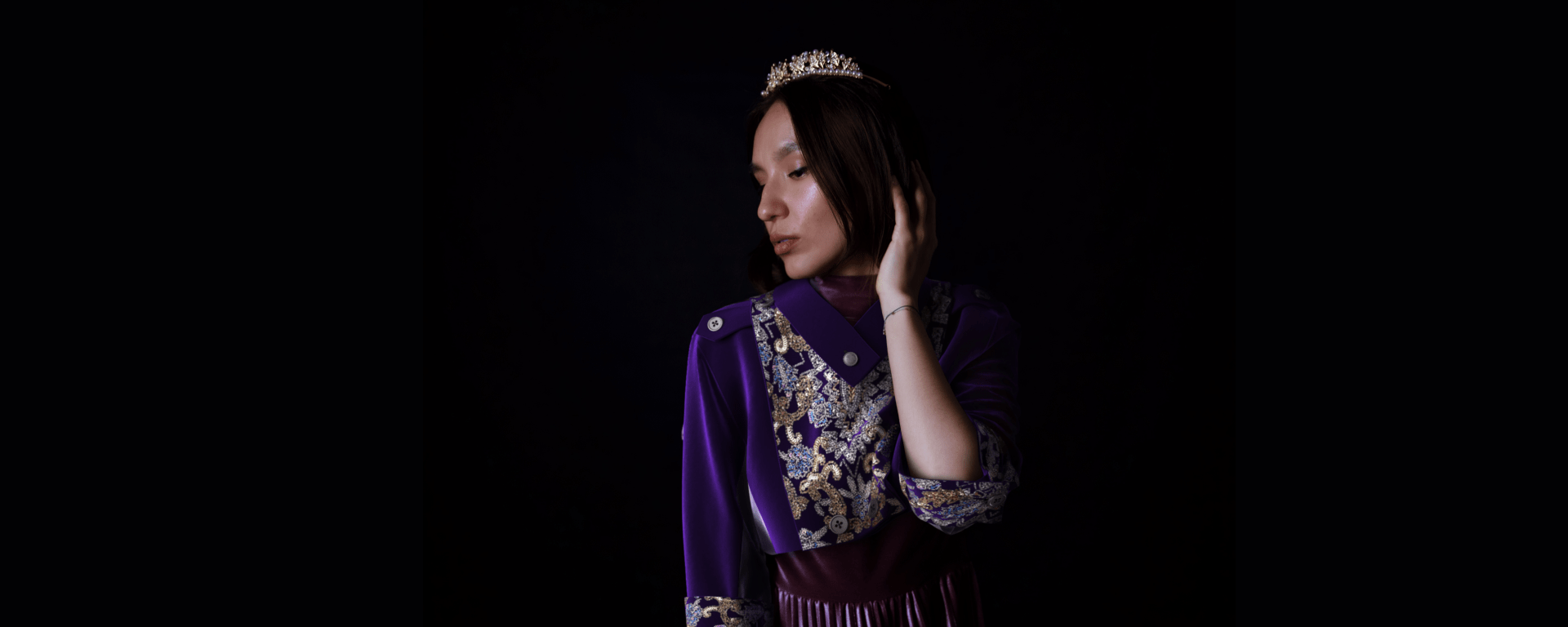
How digital fashion can save the planet
Digital fashion – 3D representation of clothes – has been undoubtedly becoming a buzzword

If you are new to sustainable fashion, you might get lost in a world of words that sound similar. What are fast fashion and slow fashion? What’s the difference between them and ethical fashion or fair trade fashion? What are recycling or downcycling? We created a glossary of these terms to help you navigate this sea of jargons in your eco-friendly journey.
Fast Fashion describes an approach to designing, inventing, and manufacturing products based on fashion trends with emphasis on lower prices and large production volumes. The low-cost designs are sampled from catwalks or celebrity culture and they travel to clothing stores with lightning speed. When Zara opened its first store in New York in the early 1990s, the New York Times used the words “fast-fashion” to describe the brand’s impressive fast production cycle that could bring clothing from conception and design to stores within two weeks’ time.
Since then fast fashion brands have been overstocking their shops with cheap and trendy clothing to meet consumers’ demands, then throwing their collections away as quickly as possible to create room for a new stock and a new “season”.
This approach, while being cheap and trendy, is very short sighted because it results in huge waste, environmental pollution, forced and child labour, human rights violation, overproduction and overstock.
Sustainable Fashion / Eco-friendly Fashion refers to the environmentally friendly approach toward creating and consuming clothes. It focuses on the balance between workers and consumers: human and labor rights, livability, social responsibility, community development, and fair trade. Sustainable fashion is also about extending the life of clothing, using recycled materials like plastic bottles and fish nets, avoiding harmful chemicals and bleaches, and making clothing that lasts.
Here is a great video about how some fashion start-ups are moving towards sustainability.
Video credit: SokFok Studio on Vimeo
Want to know how the bigger brands have been implementing sustainable fashion? Check out this video from the SokFok Studio.
Slow Fashion is a movement in response to fast fashion. This movement has the inspiring intention of rethinking our attitude to fashion shopping. The slow fashion movement was started by small independent brands, which avoids a trend-based approach. They create long-lasting garments taking into consideration style, quality, and primarily focused on sustainability.
Slow fashion brands do not rely on mass production. Instead, they aim at small collections (Adidas by Stella McCartny), strive in the circular economy (Reformation), have capsule collections (Eileen Fisher) and promote a responsible approach to fashion consumption (Patagonia’s Worn Wear program). This makes it possible for customers to keep garments for a lifetime.
Ethical Fashion is slightly different from sustainable fashion in that ethical fashion focuses mainly on the social impact of the fashion industry.
It focuses on a wide range of issues such as health and safety, human rights, forced and child labour, living wages and fair trade. Ethical fashion also includes animal welfare, environment, vegan, and cruelty-free aspects.
Ethical fashion is still somewhat a controversial topic that excites heated discussions. For example, while producing “ethical” vegan leather and faux fur are ethical for the animals, they may not be ethical for humans who have to produce them. Those products don’t biodegrade easily either.
Fair Trade Fashion is a model for sustainable environmental, social, and economic development. Its main goal is to ensure the welfare of fashion makers while respecting the environment.
Fair trade fashion insists on fair wages and safe working conditions for every person involved in manufacturing a certain garment, from the beginning to the end, from sourcing raw materials to placing it on hangers in your favourite shop. World Fair Trade Organization is the association that certifies its member companies while encouraging others to join and improve global fashion standards.
Here is a short video about the vision and the values of the Global Fair Trade movement you might find interesting.
Vegan Fashion is 100% cruelty free. In other words, no animal products were used in making clothing, shoes, bags, and other accessories. Leather, fur, wool, silk, cashmere, angora, camel hair are some examples of fabrics that vegans are against. Vegan fashion is important not only for animal welfare. It’s also concerned with eliminating the negative environmental impact of animal agriculture and fur trade.
Vegan brands are offering various alternatives from natural and manmade materials. For example, the German team Nat2 manufactures their own fungus leather to create the famous Fungi sneakers line. Cork is another example, you can see cork footwear, backpacks, wallets, and belts coming to market. Elvis & Kresse, a small British craftsmanship team has been rescuing abandoned and decommissioned fire hoses from landfills since 2005 and using them in various lifestyle accessories.
PETA organization has a list of vegan clothing companies that will help you make ethical choices. Check their website for more information and our blog post on leather alternatives.
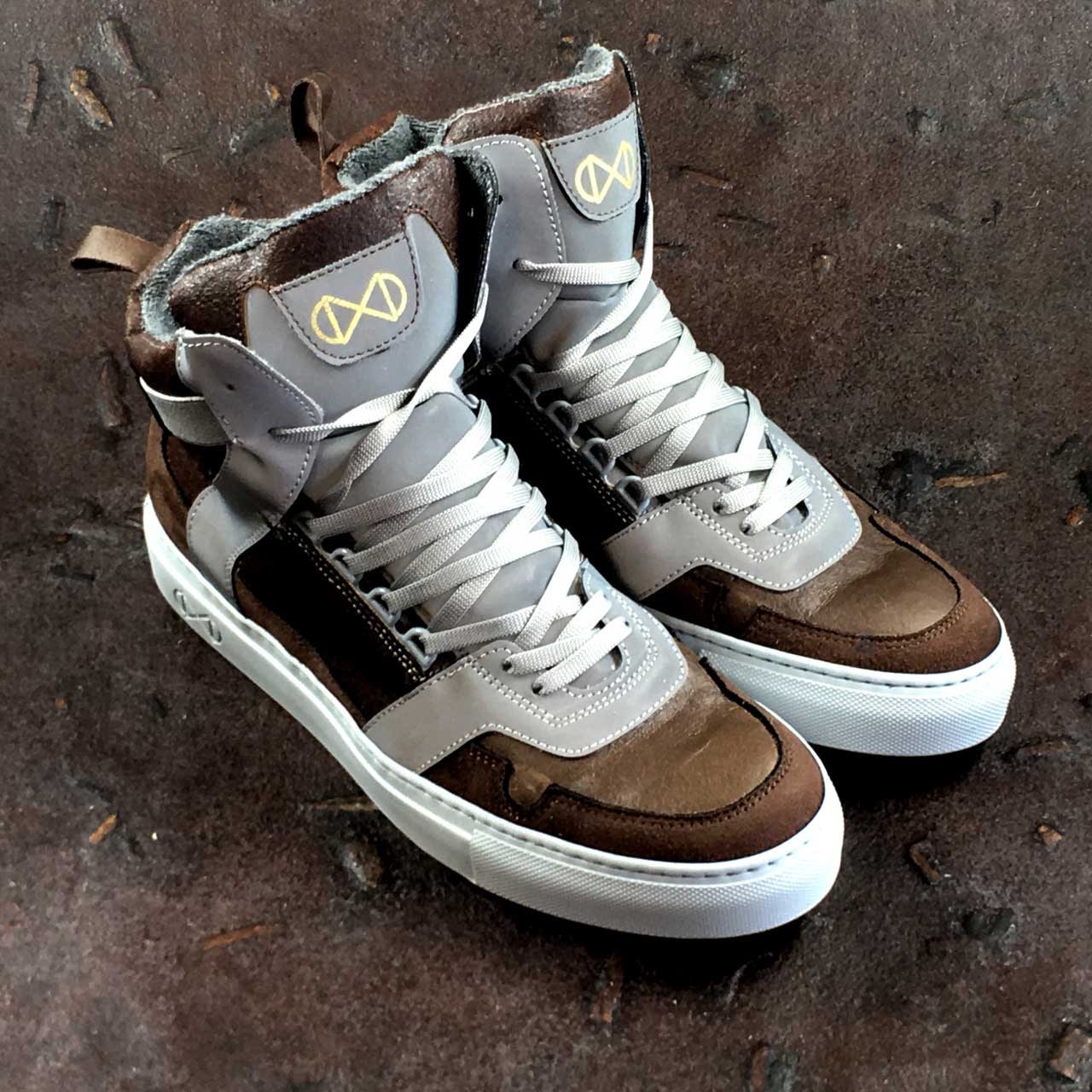
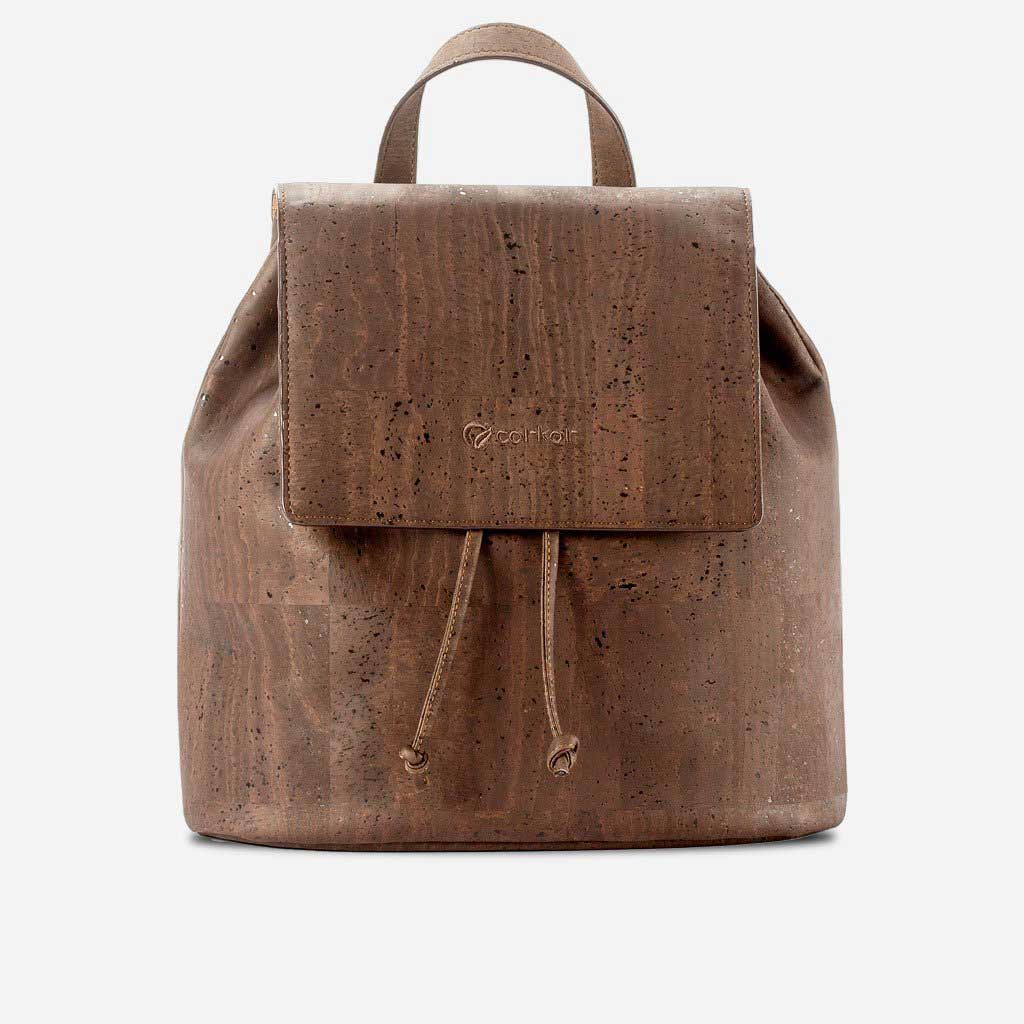
Circular Fashion refers to a product’s life cycle. It aims to move away from the linear fashion approach of “create, use, dispose” to the more sustainable circular approach of “create, use, recycle”.
Most fashion products are designed, produced, sold, worn, and eventually sent to the landfill. Circular fashion breaks away from this path of destruction and waste with recycling, rewearing, repurposing and avoiding creating new items.
Circular fashion reduces harmful impact done by waste and mass production, taking into consideration the whole circular process – design, sourcing, transportation, storage, sale and utilizing a product in a way that restores the environment.
To learn more have a look at Ellen MacArthur Foundation website, a pioneer in circular fashion consultancy and check out these short videos about circular fashion and fashion brands going circular.
Zero Waste Fashion is the practice where there is zero or very little waste left after creating a fashion item. This is actually not a new concept. Early examples of zero-waste fashion are Kimonos, Saris, Chitons, and other traditional folk costumes. In pursuit of a zero waste approach, designers are challenged to use various techniques in cutting and rethinking their outmoded methods of working to achieve the perfect zero-waste garment
Post-consumer Zero-waste Fashion generates clothing from garments used by a consumer: secondhand, vintage shops, and swap parties.
Pre-consumer Zero-waste Fashion eliminates waste during production.
Zero-waste fashion is a process that uses every inch of fabric effectively. What’s left will be recycled and upcycled.
Here is a short video about how zero-waste fashion looks from a fashion designer’s perspective. As you’ll see, it is absolutely possible to design clothing this way.
Secondhand / Thrift Fashion deals with previously worn or owned items. It is actually one of the most sustainable fashion options. You are eliminating the aspect of buying new, thereby avoiding the need to manufacture more clothing, and it keeps the used or/and unwanted clothes out of landfills.
Shopping second hand also opens up doors to not quite eco-friendly materials like leather (think leather boots or a leather jacket) or heavily embroidered sequin dresses. Learn about this new exciting shift towards the secondhand market in this recent video from The Guardian.
Organic is not just about the food we eat. This term applies to fashion as well as the food industry. Organic clothing is made according to strict agricultural standards, without polluting air, water and land, without using pesticides, fertilizers, and other harmful chemicals. These chemicals are hazardous to the planet, to the people who grow and manufacture crops, and to the people who consume the final garment. Some world organizations such as GOTS are helping people to find organic products by certifying the textiles used.
Producing and consuming organic positively affects the planet and the health of the workers worldwide.
Cruelty-free is a term that usually refers to animal welfare. In fashion cruelty-free means that the product contains no animal byproducts, but on beauty products it means that the finished product wasn’t tested on animals.
Sweatshop is a factory or a small manufacturing establishment in the fashion industry where manual workers work for long hours under unfair and unsanitary conditions, health risks, and get very low wages. The work is usually very difficult, dangerous and climatically challenging, and often includes child and forced labor. Sweatshops are usually located in underdeveloped economic areas, thus the workers’ rights are not considered and they have to accept the conditions or risk losing their livelihood.
Learn more about sweatshops and tragedies they cause from this YouTube documentary Fashion Factories Undercover.
Sustainability Ranking is a comparison of how fashion brands interact with sustainability. The ranking system helps to compare different actions, approaches and activities of certain brands in relation to each other. For example, this is what the Australian organization Good on You does: it empowers consumers to make a more sustainable choice by offering a rating system for international brands for their sustainability and social standards on their website.
Supply Chain is a network between a company and its suppliers. It includes all stages of product manufacturing, marketing, distribution, finance, and customer service. Supply chains include where, which and how raw materials are sourced, how they are put together in the final product, and the journey into a store or someone’s home.
Learn about staying on top of the sustainable supply chain game from this video crafted by SokFok Studio.
Recycling in the fashion industry means finding a way to create something else from the existing textiles or garments. In other words, converting waste into reusable materials or products. This is a process of gathering, storing, processing and transformation of textiles into a final product delivered to the customer or another industry where they can be used for different purposes.
Recyclability is a potential suitability of a material or a product for recycling. It reduces the need of virgin materials and enables the creation of new products from the existing resources. Recyclability demands that materials and products consist of a single fiber or fiber types as the technologies for recycling blend materials are still developing and not yet available for the wider public. Commonly recycled materials are polyester, polyamide, elastane, nylon, wool, leather, and cellulose-based materials such as cotton, viscose, lyocell, modal, linen, and hemp.
Learn about how recycling polyester has been helping one company – Buff – take a huge step towards sustainability.
Upcycling also turns waste into reusable materials and products to make them of better quality than the original, and creatively reinventing its function. Upcycling process is great as it takes something of no commercial value or waste and turns it into something new without going through chemical, physical and harmful processes.
It prevents tons of clothes and textile materials from ending up in the landfill and it needs less energy than recycling. Upcycling has less environmental impact, makes us more creative and encourages innovation.
Downcycling is a form of recycling in which the discarded materials and products are remade into new items of lower value and functionality than the original products. For example recycling of textiles into industrial wipers or insulation.
Sad fact: it’s predicted that by 2050, there will be more plastic in the ocean than fish. That’s why another example of the downcycling is transforming plastic bottles into fleece fibers and later turning fleece into plastic lumber products. A non-profit organization Parley For The Oceans partnered with Adidas to create sneakers and athletic gear made out of ocean plastic waste like fishing nets and plastic bottles. Girlfriend Collective is American active brand that uses 25 recycled post-consumer bottles to make one pair of leggings.
In this video by Highsnobiety, Parley for the Oceans founder Cyril Gutsch, and Adidas Originals Senior Design Director Erman Aykurt talk about their inspiration behind their ocean-friendly sneaker line.
Design for Disassembly is a strategy to make garments in a way so they can easily and cost-effectively be taken apart at the end of the life to recapture materials for recycling, replacing parts, upcycling or reusing separated elements. It’s time and labour intensive, requires access to sorting infrastructure, and demands a great deal of insight how different materials are recycled. If integrated correctly in the circular economy, it will reduce the need of virgin materials and resources by creating new materials and products out of already existing ones.
Eco-friendly / Sustainable Textiles are obtained from eco-friendly resources, such as sustainably grown fiber plants or recycled materials. It’s also important how those plants are grown too. These textiles are created in ways that address human impact on the environment and provide social responsibility in their cultivation and manufacture.
Take coconut leather, for instance. It came into existence when two designers – Slovakian material researcher Zuzana Gombosva and a mechanical engineer Susmith Suseelan – decided to conduct an experiment. They took residual water left from coconut plants, mixed it with bacteria, and two weeks later received what had become bacterial cellulose. This jelly became the material and was named Malai.

Biodegradable means that a product can decompose naturally in the environment without releasing hazardous chemicals and harmful substances to the environment. Using biodegradable materials in fashion is the key to sustainability.
Hazardous chemicals are the chemicals that are used in the fashion, textile and footwear industries to grow fiber crops and turn raw materials into final products, and are known to pose serious hazards to human and environmental health.
These are the substances that are cancerogenic, mutagenic, and can cause skin allergy and respiratory problems. The most common hazardous chemicals are used in textile production, including biocides, soil fertilizers and pesticides, chemicals that are used in dyeing, printing, water and soil repellents, solvents, flame retardants, plasticizers, and pigments.
Here is a great video made by a sustainable blogger My Green Closet, where she explains how toxins get on your clothing in the dyeing process.
Social Responsibility describes the conscious effort of businesses to integrate social and ecological concerns with the profit motive. Being socially responsible means not only following legal obligations but also going beyond it, enriching the human capital, environment and relations with stakeholders.
It’s very important for companies to create a balance between stakeholders and the environment, create programs that operate within their supply chains that are not limited to employees in offices.
Greenwashing is a marketing strategy, when a company gives false information that presents its products as more sustainable, ethical, and environment-friendly than they really are. We should be careful of the use of catchy slogans to attract unsuspecting consumers. Using recycled packaging, putting solar panels on the roof, using such terms as “conscious”, “sustainable” is mere window dressing and cannot make up for the negative impact of the greenwashing corporation.
Sadly, most of the contemporary big fast fashion brands are guilty of greenwashing, and some of them are caught red-handed. As a consumer, look out for vague or confusing language, absence of transparency, the use of pseudoscientific terms, and ideas that can’t be proven or disproven.
Check out a video by My Green Closet on how to spot greenwashing in fashion brands!
Public awareness of the social and environmental impacts of the fashion industry is the public’s level of understanding and awareness of the sustainability impact of clothing. How fashion products are grown, manufactured, used and disposed in the future. There are a lot of challenges about raising the public awareness, including changing consumption habits, offering alternatives, creating visibility of more sustainable options, sharing knowledge about social and environmental sustainability, introducing more media reports and research, bringing in awareness-raising campaigns and nurturing respect for the Earth.
Transparency means public disclosure. Thanks to the awareness that more and more companies are greenwashing their customers, more and more consumers demand full transparency from fashion brands. Transparency is the practice of sharing all data openly with the consumers about how and by whom the product was made, information about supply chains, business practices, impacts of these actions on workers, local communities, consumers and the environment. Voluntary sustainability standards such as the Ethical Trading Initiative help brands be more transparent.
The Better Cotton Initiative works with cotton farmers all over the world to make other plants more sustainable. Cradle to Cradle focuses on the environmental impact both in manufacturing and recyclability of the product.
Traceability is a crucial component of sustainable fashion. Traceability allows tracing of products and the components they are made of all the way back to the raw materials. Fashion brands as well as consumers need to know where raw materials are coming from, including lining, zippers and buttons and what conditions the mills and farms are in. The challenge can be massive as some brands work with hundreds of suppliers and they’ll have to work with certification organizations to audit and monitor suppliers’ operations.
Clean Clothes Campaign is a global network dedicated to improving working conditions in the global garment and sportswear industries. The CCC’s mission is to put pressure on companies and governments in order to ensure that the rights of manufacturing workers are respected.
The campaign aspires to work within the judicial system to lobby for laws that’ll protect workers’ rights and take legal action when violations of the rights of workers and activists occur. In addition, CCC also educates people to undertake individual and collective actions, like consumption, citizenship, and work. They implore all of us to work together to fight for workers’ rights anywhere and everywhere.
Here is a great short video made by Clean Clothes Campaign which summarizes the problem of mistreated factory workers and offers a solution – enforceable brand agreements.
Greenpeace Detox Campaign. In 2011, Greenpeace asked fashion companies all around the world to have a closer look at their activities and environmental responsibilities and to stop polluting waterways with hazardous chemicals. It believes that eliminating the hazardous chemicals leads to a circular economy because it would avoid the endless recirculation of toxics through recycled materials.
More than 80 companies are committed to ban harmful chemicals from their production lines and by 2020, they’ve achieved substantial progress. At the moment the active phase of the Detox Campaign is “on pause”. Greenpeace is less directly involved and only acts as a supervisor, scrutinizing future development.
International Labor Rights Forum is a human rights organization that promotes dignity and justice for the workers in the global economy. ILRF works with trade unions, community groups to support workers and their families. They guide such initiatives as making factories safe, stopping the exploitation of children, increasing the income for farm workers, developing law clinics, and more. The main three pillars of ILRF mission is to hold the global corporations committing labour rights violations in their supply chain accountable, to create and promote policies and laws that protect workers, and to strengthen workers’ abilities to advocate for their own rights.
Labour Behind the Label is a campaign that supports garment workers’ efforts around the globe to improve their working conditions. It is a UK-based not-for-profit co-operative organization which actually is the UK platform of the International Clean Clothes Campaign.
The LBL campaign sees its mission as educating consumers, working with governments, raising awareness and encouraging international solidarity with workers of the fashion industry. Labour Behind the Label is very much dedicated to changing the terrible and unfair situation so common in the clothing industry, such as poverty wages, long hours, forced overtime, unsafe working conditions, sexual physical and verbal abuse, and short term contracts.
Learn more about the campaign from the Labour Behind the Label video filmed during one of their events in London.
United Students Against Sweatshops is a large network of students that organizes campaigns against clothing brands that exploit those who work in university campuses, communities, and international factories that produce collegiate licensed clothing.
Students and student groups are in solidarity with workers fighting for sweatshop-free labour conditions and workers’ rights. The term “Sweatshop” here is not limited to the clothing industry only. The USAS helps to organize different campaigns and support US workers in living wage fights, farm labour, immigrant rights campaigns, and other struggles for justice.
Certified B Corps or B Corporations are a new type of advanced businesses that meet the highest standards of verified social and environmental efficiency, public transparency, legal liability to balance their profit with the impact of their workers, customers, suppliers, and the environment.
The B Corp rating is based on past performance, not on future intentions, which means that only companies that have been in operation for a minimum of 12 months have the right to be considered for the B Corp mark.
Certified B Corporations are verified by B Lab, a nonprofit organization. B Lab certified companies are based on how they create value for non-shareholding stakeholders, such as their employees, the local community, and the environment.
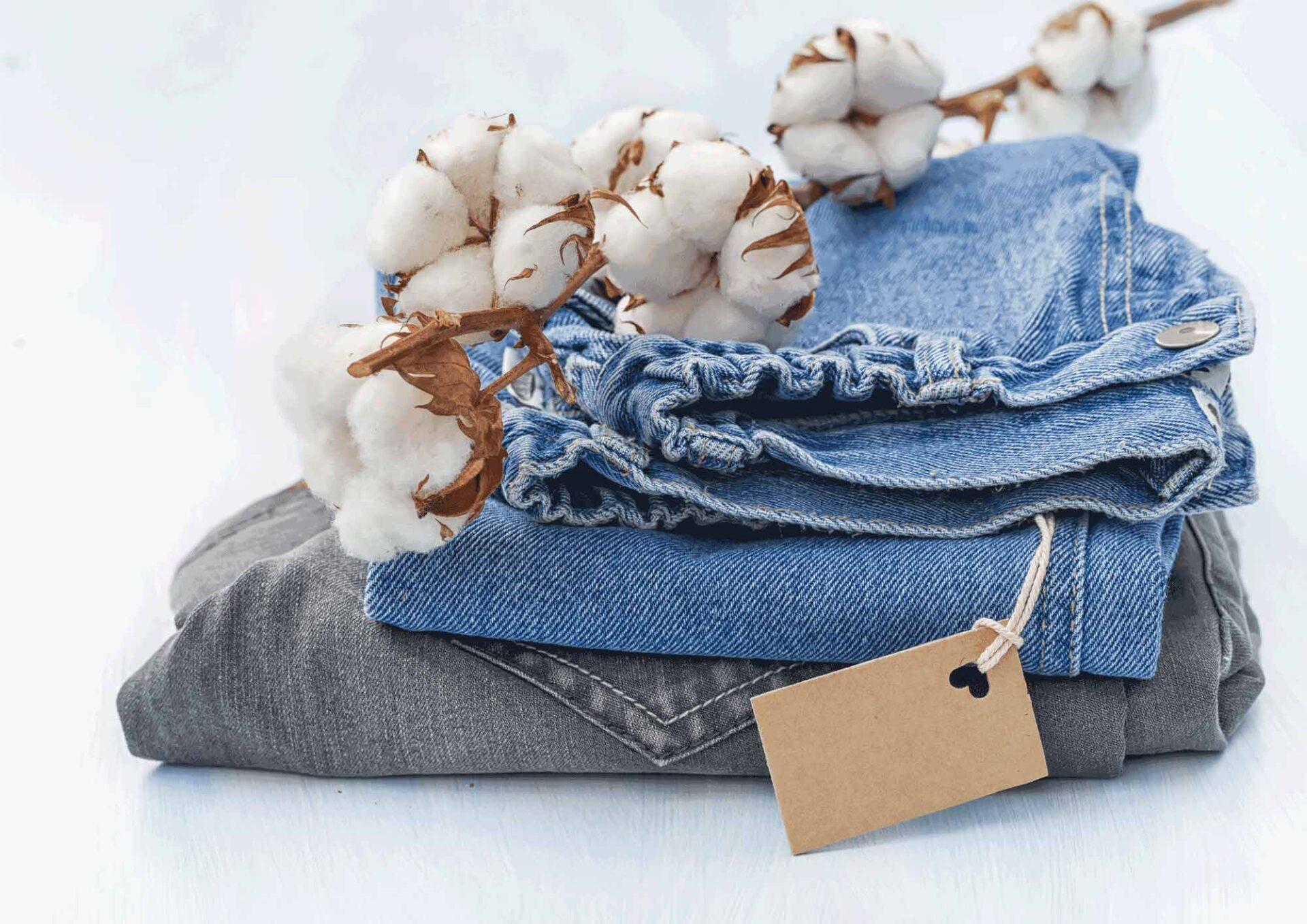
Better Cotton Initiative (BCI) is a global not-for-profit organization, it’s the largest cotton sustainability program in the world. It sees its aims in reducing the environmental impact of the cotton production, improving the livelihood of the people who produce it. BCI works with a wide range of stakeholders across the cotton supply chain to ensure improvements for the environment, farming communities, and promote economic development of cotton-producing areas. By following the rules and principles of BCI, Better Cotton farmers worldwide produce cotton in a sustainable way that is much better for the environment and farmers.
Bluesign®: The term “bluesign” comes from the name of a Swiss group called Bluesign® Technologies. This group monitors every step in the supply chain from chemical formulation to final product. The bluesign® team has experts in chemistry and textile production, specialists who work with factories and brands, and those who supervise, audit and provide certification.
Bluesign is a standard that is based on five principles of sustainability. These are resource productivity, consumer safety, air emission, water emission and occupational health & safety. Seeing the Bluesign® logo on any textile-based product means the manufacturers and brands are following the requirements of acting responsibly and sustainably with regard to people, the environment, and resources.
The Global Recycle Standard (GRS) was originally developed by Control Union Certifications in 2008 and in January 2011 the ownership was taken over Textile Exchange (TE). GRS is a voluntary product standard for tracking and verifying the content of recycled materials in the final product. The goal of GRS is to increase the use of recycled materials in products and reduce or eliminate the harm caused by its production. The sellers of GRS products work according to the GRS standards, meeting all legal requirements.
The standard applies to the full supply chain and performs traceability, addresses environmental principles, social requirements, chemical content and labeling. GRS covers processing, manufacturing, packaging, labeling, trading, and distribution of all products made with a minimum of 20% recycled material. Although the GRS is owned by Textile Exchange, the range of products is not limited to textiles only and can include any type of product containing recycled content materials.
Global Organic Textiles Standard (GOTS) is recognized as the world’s leading processing standard for textiles made from organic fibers. It defines high-level environmental criteria and requirements along the entire organic textiles supply chain and requires consent with social criteria as well. The aim is to ensure organic status of textiles from harvesting of the raw materials, following environmentally and socially responsible manufacturing and including labelling in order to provide a credible assurance to the end consumer.
Only textile products that contain a minimum of 70% organic fibers can become GOTS certified. However, this standard does not set criteria for leather products. All chemical inputs such as dyestuffs and auxiliaries used must meet certain environmental and toxicological criteria. The choice of accessories is limited in accordance with ecological aspects as well.
OEKO-TEX® is a registered trademark representing the issued product labels and company certifications and other services provided by the International Association for Research and Testing in the Field of Textile and Leather Ecology (Oeko-tex® for short). Oeko-tex® consists of 18 independent research and test institutes in Europe and Japan. They are responsible for the test methods and values that form the basis of the OEKO-TEX standards.
Oeko-tex® offers brands and companies in the textile and leather industry various certificates and services with the aim of verifying the safety of products and their production processes for health and the environment.
Brands and companies that apply for the Oeko-tex® standards voluntarily restrict hazardous and toxic substances that may be found in textiles to be certified safe. All products certified by Oeko-tex® are confirmed to be free of chemicals that are toxic or possibly toxic to the human body.
Organic Content Standard (OCS) is a voluntary standard from Textile Exchange for tracking and verifying the content of organically grown materials in finished products. It applies to any non-food product containing 5-100% organic material. It does not address the use of chemicals or any social or environmental aspects of production beyond the integrity of the organic material. It is a business-to-business certification.
Responsible Wool Standard (RWS) is a voluntary standard from the Textile Exchange that addresses the welfare of sheep and the land they graze on. To be certified the RWS requires all sites beginning with the wool farmers and through to the seller where the last stage to be certified is the garment manufacturer or brand. It is a business-to-business certification.

Swap Parties are part of the “reduce, reuse and recycle” philosophy of sustainability where clothing swap is a type of reuse strategy for fashionable and high-fashion garments. It’s an environmentally-friendly process where people exchange their clothing and jewelry items in order to get a “new” product instead of purchasing one.
Clothing swaps reduce the load on the environment, giving products a second life, thus extending the lifetime of the products.
Minimalism is about reducing the amount of clothing you have. The main principle of minimalism is “Keep it Simple”.
Living minimally means that you can buy fewer things but invest more in each item so you can afford to buy higher quality products and support brands that manufacture in an ethical and sustainable way. Minimalism has become popular recently thanks to the Netflix series with Marie Kondo and The Minimalists.
Fashion movements: The disaster of Rana Plaza showed that the fashion industry is broken, that it doesn’t respect its workers, doesn’t create safe and comfortable conditions, and doesn’t care for the prosperity of its workers and their families. The tragedy led to campaigns such as Fashion Revolution, Clean Clothes Campaign, and others. It became crystal clear that the status quo can’t go on and actions are needed to prevent the exploitation, underpayment, and abuse.
Fashion Revolution is a global movement that believes in a fashion industry that values people, the environment, and creativity over growth and profit. It was born on 24th April 2013, when the Rana Plaza, a building in Dhaka, Bangladesh housing five garment factories, collapsed killing 1,132 people and injuring many more.
Brands and retailers should take as much responsibility as possible for the pay and working conditions on their factories, the environmental impacts of their processes, how their products affect the health of people, animals and our nature. Consumers have the power to change the fashion industry by shopping consciously and acknowledging their responsibility before the world.
Who Made My Clothes Campaign was started by the former fashion designers and founders of Fashion Revolution Orsola de Castro and Carry Somers. The campaign was triggered by the 2013 Rana Plaza disaster in which over 1138 people tragically lost their lives and many more were injured. The #WhoMadeMyClothes was created in 2014. So since the start of the movement, the founding company, Fashion Revolution, continues to hold a Fashion Revolution Week that takes place during the week of 24th April to mark the anniversary of the Rana Plaza and is centred around #WhoMadeMyClothes campaign.
The mission of the campaign is to bring consumers, designers, makers, distributors together and change the way clothing is sourced, produced and consumed, to value people and the environment more than profit and growth. The goal is also to help consumers be aware of the brands they purchase, as well as supporting the brands that are environmentally responsible, that do not enslave or endanger workers, and offer fair pay.
Wardrobe challenges were created to show people that everything they need is already in their closets. There is no need to shop for new things as they can start shopping their own wardrobe. The mission is to clean one’s closet, create a capsule wardrobe, own less, realize the difference between what one needs and what one wants, learn how to combine items to create new looks and focus on the things that are more important than clothes.
Project 333 is a simple minimalist wardrobe challenge designed to help people create a capsule wardrobe. In Project 333 the idea is to take a new approach where people can learn to live simpler. People chose 33 items from their closet for 3 months and it helps to realize the concept “less is more”.
10 x 10 Challenge is a challenge where people choose only 10 items from their wardrobe and try different combinations and variations for 10 days. It’s an exercise that shows how little people actually need to have a great wardrobe. It is also said to help to refine a person’s style according to their lifestyle, body and what works best for them.
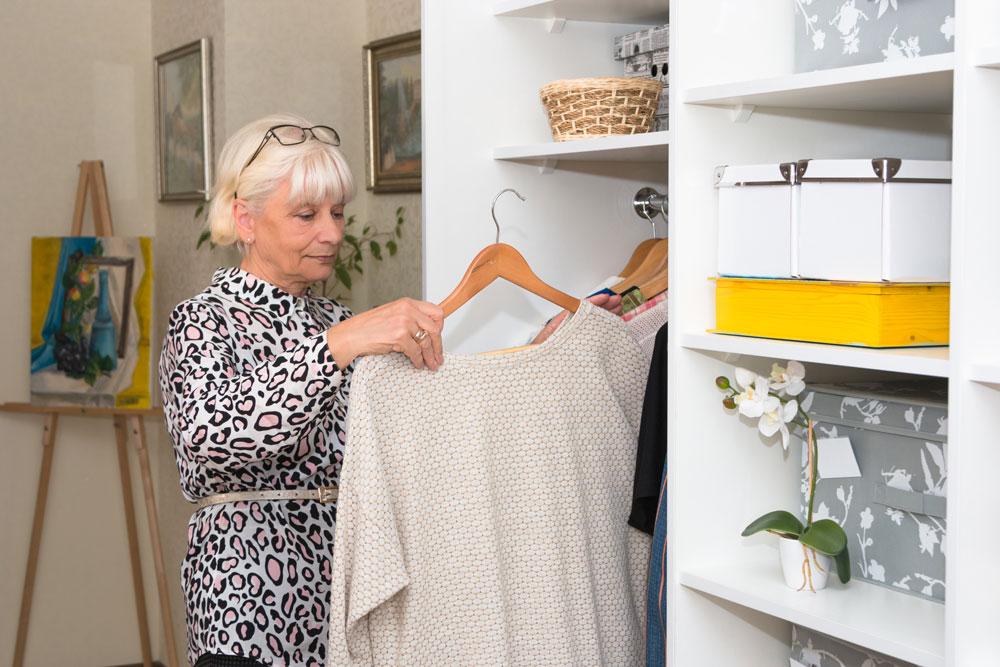
20 in 2020 Challenge is to purchase no more than 20 items in 2020. The goal of this challenge is to show that by limiting the number of items people can bring into your wardrobe throughout the year, they will be forced to be much more conscious and intentional about the purchases they make.
30 Plus Wears Challenge is a commitment to wearing one’s clothing items at least 30 times each. It’s a great challenge to get a better idea how often a person actually wears one garment before turning for something new and which pieces they reach for most often, and to create a better sense of one’s personal style.
Like the curation? Share it.
Shop sustainable clothing while learning about its positive impact on the planet.

Digital fashion – 3D representation of clothes – has been undoubtedly becoming a buzzword
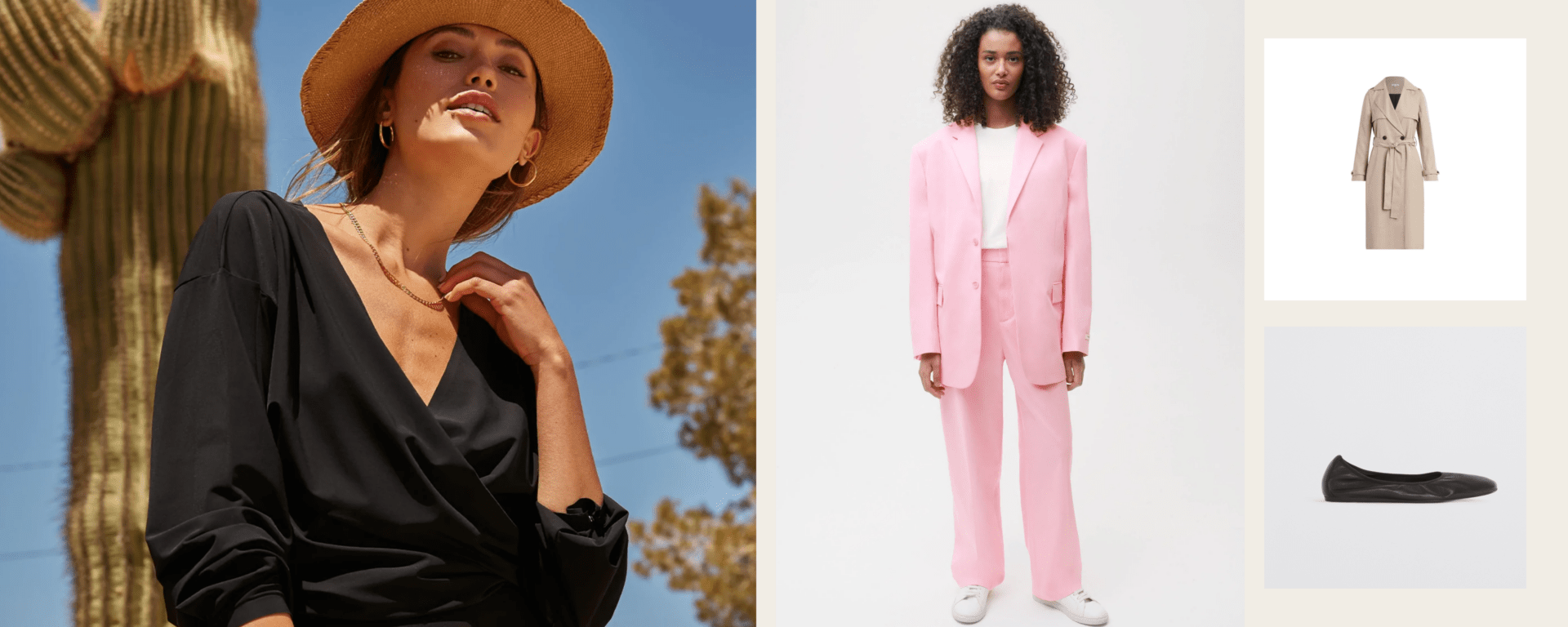
A capsule wardrobe is a marriage of two things. First is a Base wardrobe
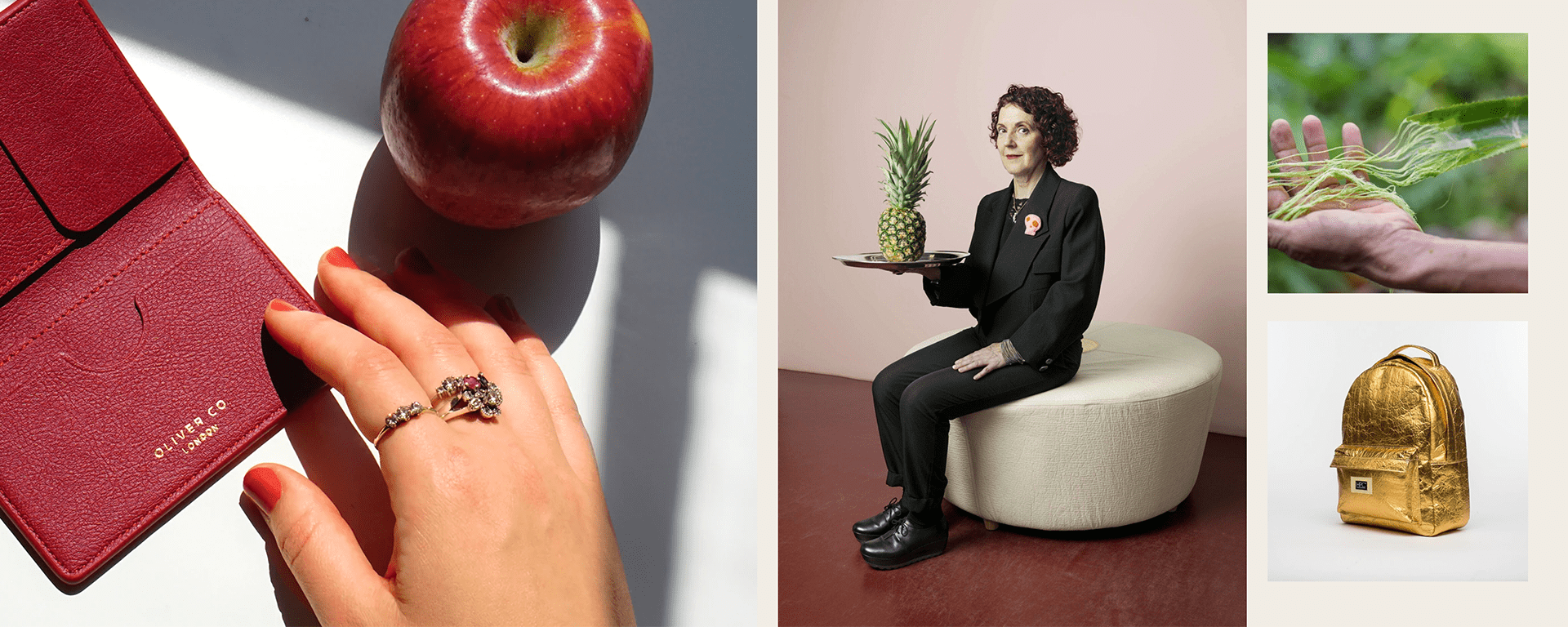
Leather has been around since the dawn of humanity, sheltering our ancestors from inclement
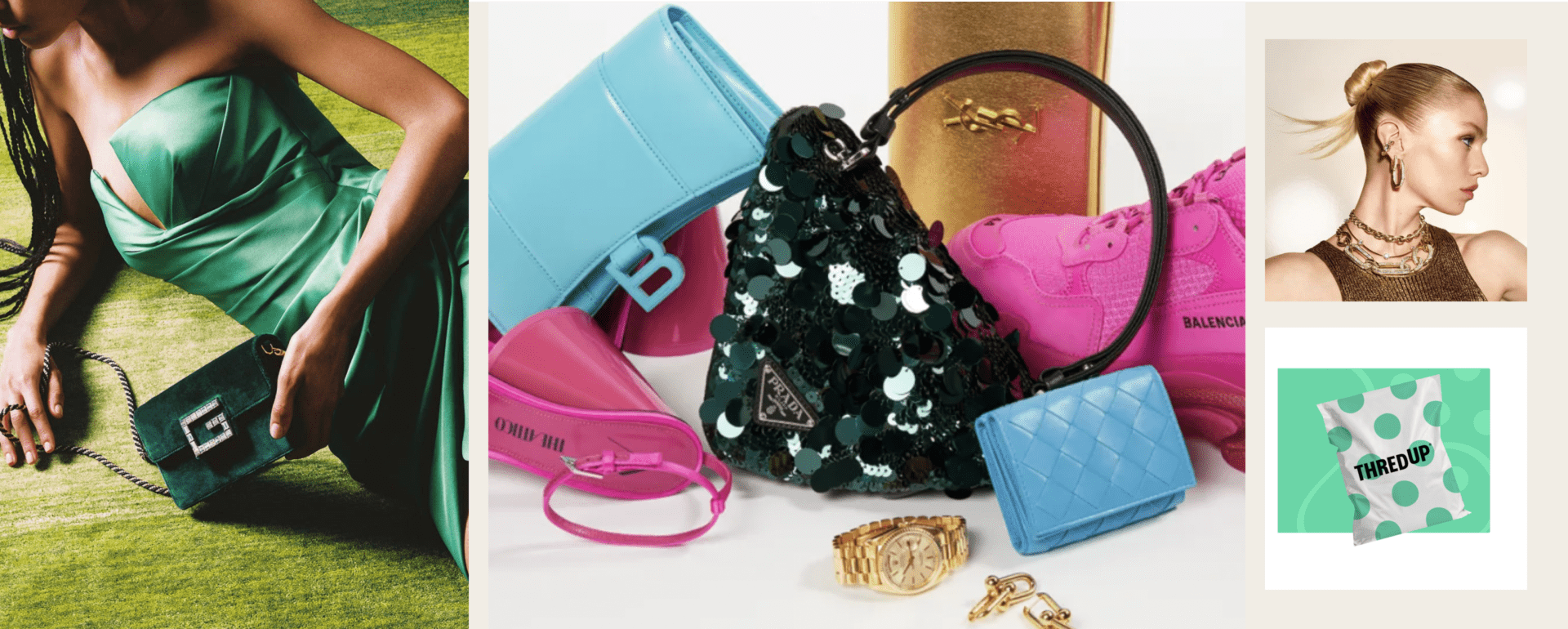
Did you know that the number of items we purchase every year has doubled

Here at Sparkpick we think a lot about body shapes, because knowing your body
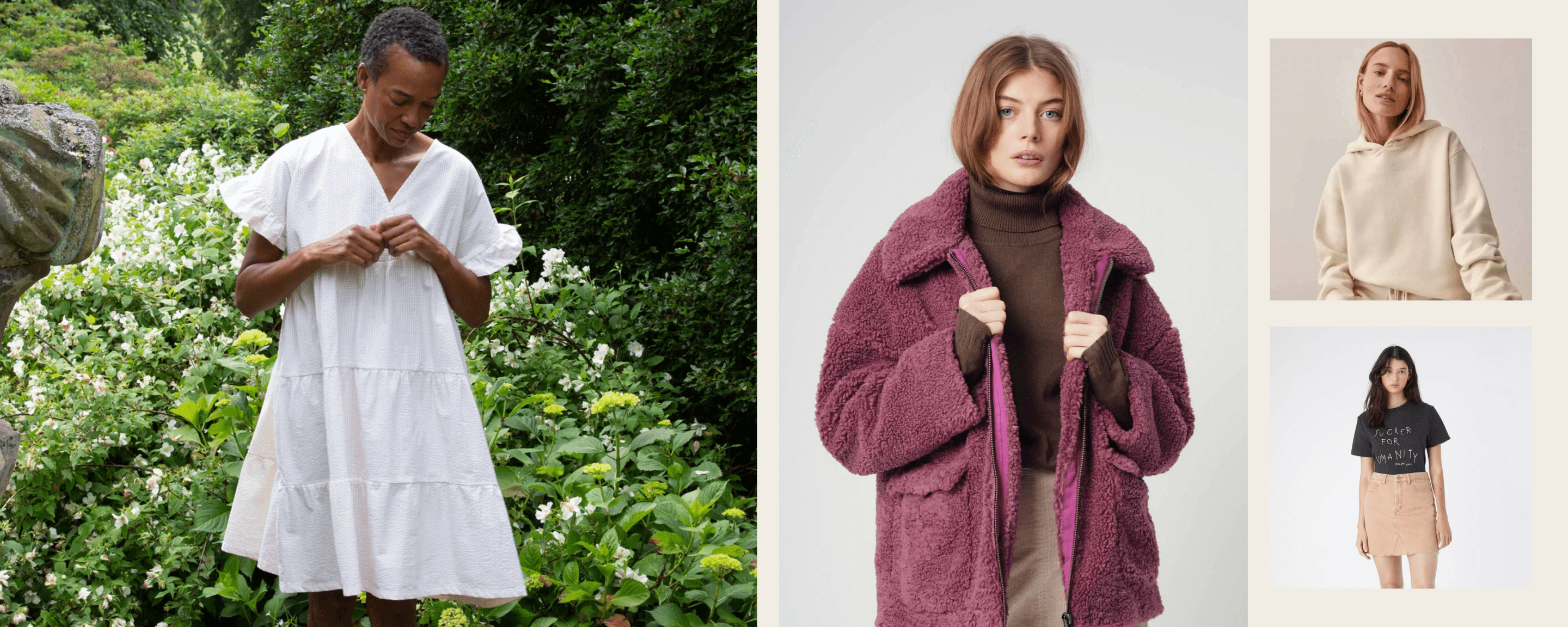
When we think of sustainable fashion, the word “trends” may not be the first
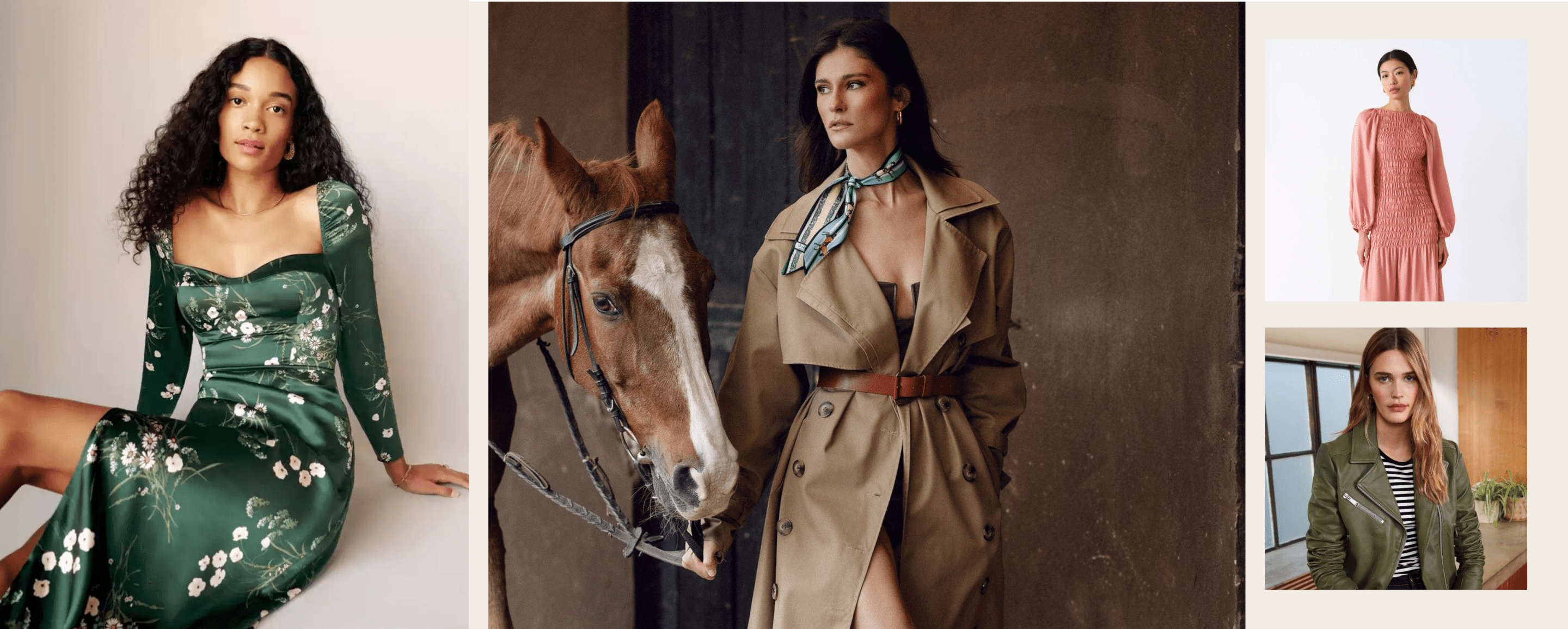
In this post, we’re starting with the basics of personal styling, a crucial step
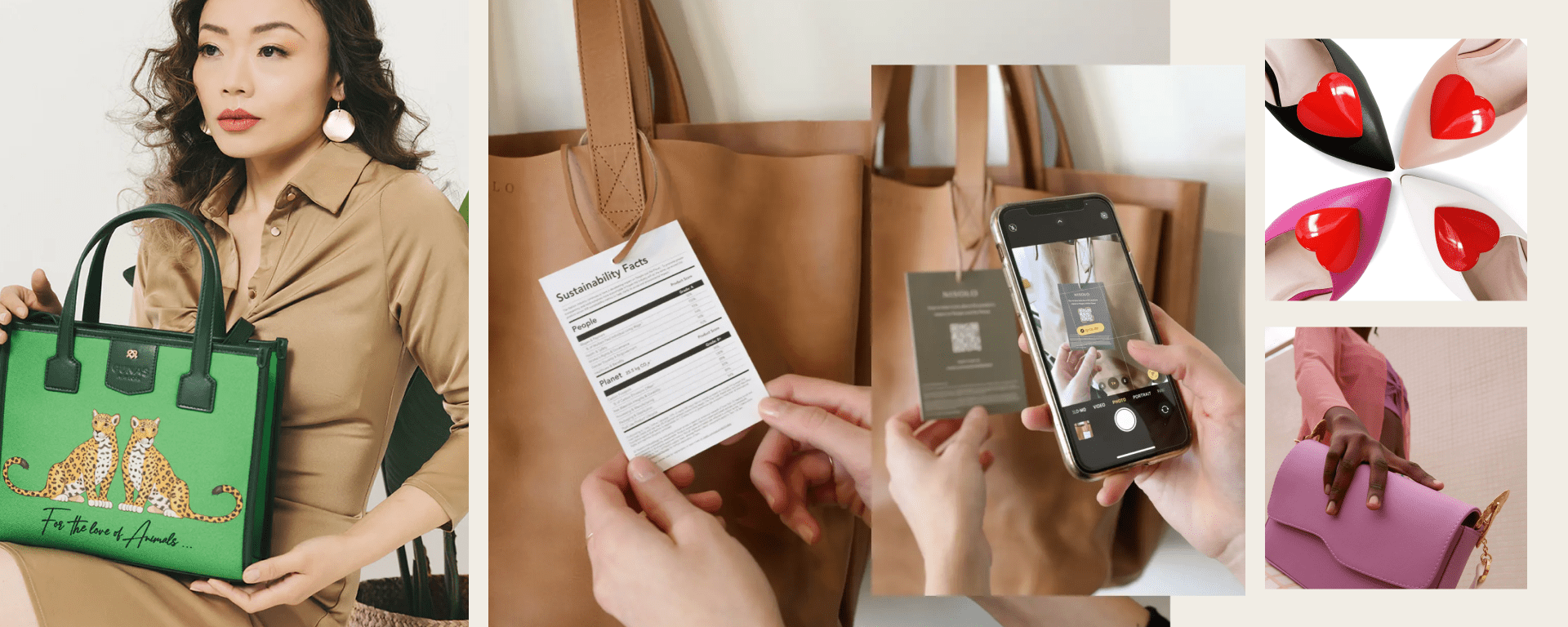
In today’s world, where sustainability is not just a buzzword but a lifestyle, vegan


